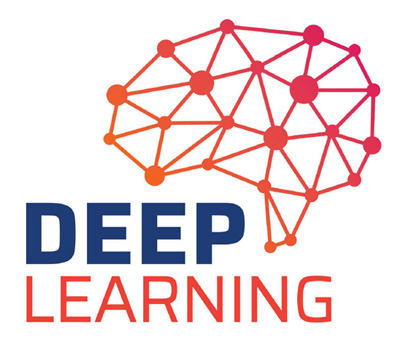Deep learning in healthcare is a revolution that helps uncover the hidden patterns and opportunities in clinical data, allowing medical practitioners to provide better treatment to their patients. However, like any other technology solution, deep learning techniques face numerous challenges that should be overcome before it can be implemented in mission-critical medical applications.
What is Deep-Learning?
Deep learning is a form of machine learning that uses a wide range of neural networks to enhance computational work and deliver accurate results. In the healthcare industry, deep learning might bring groundbreaking innovations, assisting researchers and medical practitioners to identify the underlying opportunities in clinical data, allowing them to analyze any disease precisely and provide better treatment solutions.

Some of the top medical applications where deep learning ensures the best outcomes are drug discovery, insurance fraud, medical imaging, genome, and treatment of Alzheimer’s, skin cancer, and glaucoma.
Key Challenges of Deep Learning in Medicine
Despite the unmatched potential of deep learning in streamlining healthcare applications, it faces several challenges that data scientists should overcome before its widespread adoption. Let’s have a look at what these challenges are:
- Lack of Big Data: Effective performance of Artificial Intelligence (AI) or deep learning depends on bulk quantities of accurate and reliable data. However, the same isn’t available yet that can aid deep-learning techniques in precision data analysis and diagnosis of critical diseases. To build a strong medical diagnostic model, it is crucial to have Big Data samples from multiple reliable sources that modern technology can harness.
One of the ideal ways to overcome the challenge is by gathering bulk quantities of reliable health data from diverse sources.
- Poor Quality Data: In addition to the lack of data, deep-learning also faces the challenge of poor-quality data. This is a major disadvantage that affects analyzing consistent patterns as the information collected is noisy and scattered. Thus, deep learning is more prone to the ‘butterfly effect’, i.e. even a minimalist amount of noise in data can cause the networks to derive incorrect insights.
To address the challenge, the focus should be given in enhancing the quality of data collected to make deep-learning techniques more accurate and less biased.
- Lack of Clarity: Deep learning techniques analyze data based on numerous nodes, connections, and layers. However, this makes it complex to determine how the networks derive insights. In mission-critical applications such as in healthcare, understanding the process is crucial. However, the lack of ‘explainable AI’ is one of the biggest barriers here.
To handle this situation, it is important to integrate deep-learning models with clinician workflows that can help understand the reason behind specific conclusions and results.
- Security Threat – This is another major challenge that deep-learning networks face. Data instability is one of the prime reasons for hacking and system contamination.
Ensure having comprehensive regulations to strengthen deep learning security.
- Need for Generalizability – Interoperability and model bias is one of the key reasons that impact deep-learning generalizability. This is a major limitation in drawing broad insights from specific observations.
sepStream® is a leading provider of affordable and reliable EMR/RIS/PACS solutions for the diagnostic imaging industry. The cloud-based tools can help streamline processes and achieve measurable cost savings, thus ensuring a competitive advantage and profitability. The EMR/RIS/PACS solutions are compliant with FDA-approved radiology devices and can be used for a wide range of applications such as mammography, CT scan, X-ray, MRI and more.